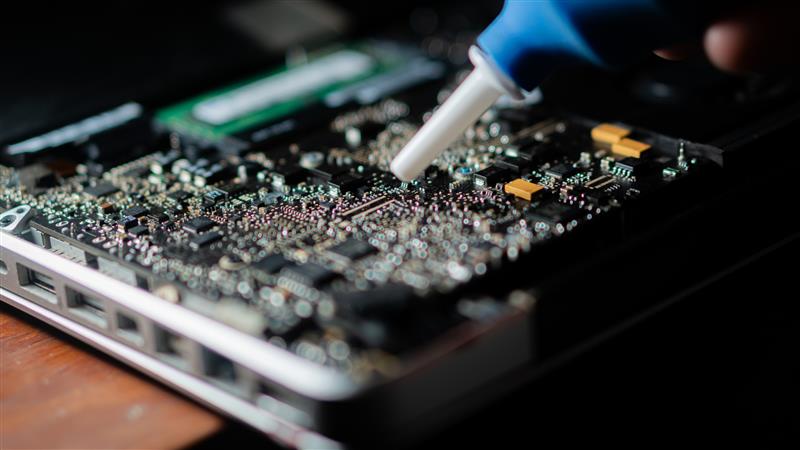
On October 29, South Korea’s Korea Research Institute of Standards and Science (KRISS) announced a computational AI microscopy algorithm that reconstructs 3D structures from 2D microscope images, according to Nature.
The advanced AI automatically reconstructs stunningly detailed, three-dimensional, worlds from flat electron microscope images, allowing researchers to instantly visualize the intricate machinery inside a single cell, or the atomic structure of semiconductors.
AI is transforming electron microscopy by automating repetitive reconstruction tasks. With the use of AI microscopy, researchers can create these detailed 3D models in a fraction of the time it would take using traditional methods.
Yet, researchers face a different challenge as interpreters rather than validators of data.
Computational Microscopy with Coherent Diffractive Imaging and Ptychography
In the past, 3D reconstruction demanded that hundreds and thousands of scanning electron microscopes (SEM) cross-sectional images be manually labeled by experts. KRISS’s semi-supervised approach changes that workflow.
It uses computational microscopy through coherent diffractive imaging and ptychography to enable automated processing of unlabeled images after a small portion is manually annotated.
“Artificial intelligence microscopy analysis like these speeds of research significantly, but it also raises questions about how much human interpretation remains in the scientific process,” said Senior Researcher, Yun Dal Jae, at KRISS.
The artificial intelligence microscopy analysis shift challenges researchers to deal critically with results rather than just looking at the outputs produced by AI.
Automated Image Analysis Software
Test results with mouse brain cell data revealed that the accuracy of the KRISS algorithm was within 3% of the conventional manual methods and reduced the time and cost of analysis to about one-eighth.
The computational AI microscopy system runs an automated image analysis software system that provides consistent output on large data. It also supports high content screening analysis, enabling faster testing of many samples simultaneously.
Applications in AI computational pathology demonstrate that AI can efficiently process sensitive medical images, yet human judgment about the findings is paramount.
Computational AI microscopy analysis allows for the discernment of cell structures while filtering out irrelevant details. In addition, AI tools for enhancing detail in medical microscopy images give clarity that help reveal previously hidden patterns in medical microscopy images.
In clinical settings, AI in computational pathology may decrease the need for exhaustive manual labeling but still requires expert interpretation to validate findings in clinical settings. Automation facilitates automated image classification, sorting large volumes of images rapidly, but meaningful analysis still relies upon researchers understanding the biological context.
Bioimage informatics integration links datasets to computational models, unlocking new avenues of exploration while still allowing explicit human guidance.
In the end, generative AI for microscopy may simulate 3D structures from limited data to further accelerate workflows. Supported by the Basic Program and published in Microscopy and Microanalysis, the achievement of KRISS illustrates both the promise and the dilemma of AI in research.
On one hand, computational AI microscopy increases speed, accuracy, and accessibility. On the other hand, it forces reflection on how scientists maintain their interpretive role in the era of automation.
As AI’s adoption spreads across life sciences and material research, the balance between human insight and machine efficiency will mark the next phase of scientific discovery. Therefore, KRISS’s work offers a glimpse of this future, with a showcase of both the power and challenges of automated microscopy.
Inside Telecom provides you with an extensive list of content covering all aspects of the tech industry. Keep an eye on our Intelligent Tech sections to stay informed and up-to-date with our daily articles.